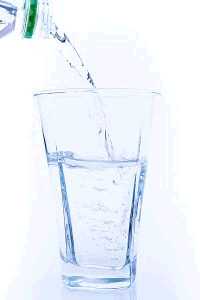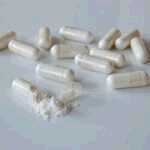
Type two diabetes is a form of diabetes that occurs when glucose intake is more than the body can handle. This happens when a person consumes a diet high in sugar and never really takes a break from it. Over time, the body develops resistance to glucose and the pancreas produces less and less insulin to the point of being unable to process the sugars from meals.
Unlike Type 1 diabetes, which has a genetic background, type 2 diabetes can be controlled and even reversed in some cases. As it turns out, a diet low in calories may help in achieving this.

Researchers from Newcastle University in the UK, carried out a small study with 30 with type 2 diabetes who had battled the condition anywhere from 8 to 23 years. The study consisted in drastically lowering the calorie consumption of the patients to between 600 and 700 calories. Just to give you an idea, the Office of Disease Prevention and Health Promotion suggests between 2,000 and 3,200 calories per day depending on the level of activity, sex, and age of an adult person.
The researchers found that eight weeks on this diet, followed by a less extreme diet 6 month diet, led to a significant decrease of 40% of the test subjects. To be more precise, the fasting blood glucose dropped below 126 mg/dL, below the cutoff for diabetes, in 12 of the 30 people.
The low calorie diet lasted for 8 weeks, and consisted of 3 shakes and a small amount of non-starchy vegetables. The diet for the following six months was personalized as a weight maintenance program. After the weight loss, the patients were eating a third of their pre-study portions to keep the weight off.
Are you interested in following a low calorie diet? Read on!
4 Steps to Start a Low Calorie Diet
Step 1: Consult your doctor
This diet may be dangerous without proper preparations due to it being much lower in caloric content from the recommended caloric intake. Speak to you doctor before you attempt to take on a low calorie diet.

Step 2: Take Notes
Grab a notebook and pencil (or an app) and take note of how many calories you consume throughout the day. You’ll be surprised how fast they add up! Did you have a cup of orange juice for breakfast? That’s 112 calories. How about a peanut butter sandwich for lunch? That’s 79 calories per slice of bread and 94 calories for every tablespoon of peanut butter.

Step 3: Hydrate
In cutting down in calories, you will also cut down on the amount of food you consume. In turn, this means that the amount of water will also be cut down. The human body needs loads of water to maintain its functions. Compensate by drinking more water.

Step 4: Eat nutritious food
Foods high in vitamins and minerals are the best choice when doing a restricted diet. For example, a bag of chips may have over 300 calories and is not nutritious; in contrast, fruit is less rich in calories, has many more nutrients, and fills you up more so you’ll feel less hungry.
ReferencesThe Office of Disease and Health Promotion. 2015 – 2020 Dietary Guidelines. Accessed Jan 31, 2017.
Diabetes in Control. Can a low calorie diet reverse diabetes? Accessed January 31, 2017
Livestrong. How to eat 700 calories daily.

